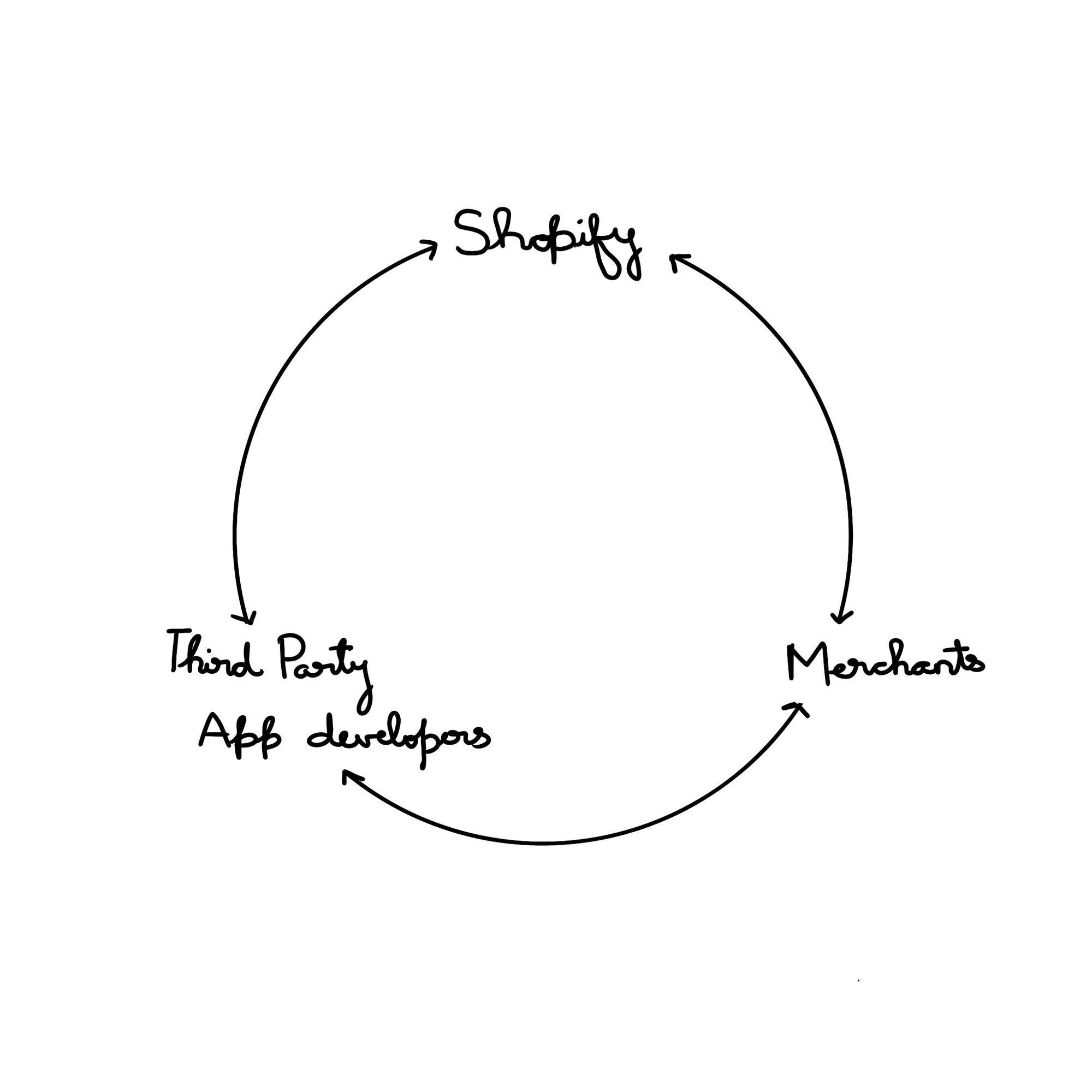How solutions turn into platforms
I've been listening to podcasts and one of my favourites is Masters of Scale by Reid Hoffman in this episode he talks about the growth of Shopify and how it became a platform. We all know Shopify is one of the best platforms out there to build your business online. In the early stages of Shopify, Tobi mentions how they had left a large piece of pie which could have been their's, to the third-party app developers by opening up an App Store for Merchants. This decision not only helped Shopify get off the ground but also was the reason for their amazing growth. Tobi also mentions how they restrained themselves from building the whole product, ie, 100% for a particular use-case. Instead they built to 80% which is common for all use-cases (core-features) and the gap of rest 20% is filled by the Shopify marketplace where the third-party apps come in. This created a demand for both merchants and developers.

As said by Reid: "Merchants were attracted by the ever-growing range of features, while developers were attracted by the ever-growing demand from merchants for apps. And this is one of the biggest strengths of a platform: you can rapidly respond to that long tail of user needs. And this puts your virtuous cycle into high gear." This virtuous cycle is what most solutions strive for and this is what turns a solution into a platform. Now that I look around, there are so many platforms which run on this virtuous cycle:
Wordpress - Wordpress Marketplace (themes, plugins) - Content Creators
Visual Studio Code - Visual Studio Marketplace (themes, extensions) - Programmers
A gem I picked up from the episode is a term called "Bill Gates Line":
You are not a platform until the people who are building on you make more money than you do.
- Bill Gates
